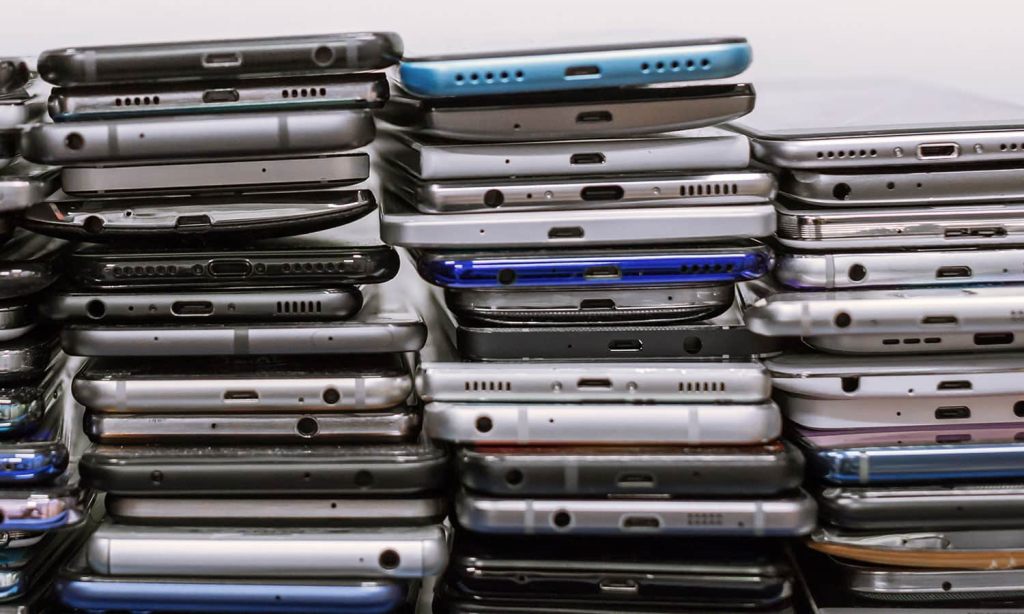Currently, I’m using an iPhone 8 — a device I’ve had since 2017. While only a few years old, most people look at my phone now as if I’m using a Nokia brick.
You see, I do well to maintain my technology and quite frankly, cannot be bothered to drop thousands on a new iPhone when mine works just fine and when I know a better one will be released just around the corner, and so I continue to make do with my “ancient” device.
It’s fine, except I’ve now hit a point whereby the updates available to my iOS appear to be too technologically advanced for its dwindling battery life and computing power. At some point, Apple will altogether cease creating security and operating updates for my device, even if it continues to chug away with no issues. It’s an annoying reality, and apparently, I’m not alone in feeling miffed about it.
‘Upgrade rage’ is a new phenomenon that was recently explored on The Conversation. Coined by award-winning technology educator and associate Professor, Michael A Cowling, the term refers to the frustrations we encounter when our devices outlive their updates.
After a certain number of years, tech companies will stop investing in security and operating updates for its older devices, and any remaining users will essentially be forced into upgrading to a newer, more expensive device, even if their technology still work fine.
Apple is a culprit — with the company recently releasing the Apple Watch 3 in late 2020 with compatibility for iPhone 6 users and above only — but it seems Android companies do much dirtier when it comes to making its products “vintage“.
According to Apple, “Vintage products are those that have not been sold for more than five and less than seven years ago.”
As The Conversation explains, the Google Pixel has some of the shortest operating lifespans for its phones.
“Owners of the Pixel 2 smartphone (released by Google in 2017) were told in late 2020 they would no longer receive regular scheduled system updates and security updates.
“Upgrading to Google’s newest smartphones won’t insulate them from this problem for long. Owners of the latest Pixel 5 are told to expect this device (released in October 2020) to be made vintage in 2023.”
The writer hypothesises that this decision to stop creating updates may be informed by the presumption that the apps and network connections will still work with the older devices, which is not always the case.
Why? Because technology moves faster today than it ever did, and quite frankly, tech companies would rather create shiny new devices with enhanced hardware that does better to keep up with the needs of the modern user, than create updates for the older ones. And in some cases, the older devices simply do not have the capacity to run newer platforms, which may need a network connection to operate, for example.
One proposed solution is to create more sustainable technology, namely devices with a more modular construction that would allow for certain parts to be swapped out hardware expires and newer technology arises.
While some companies are in the process of exploring this, it seems for now the best solution is to recycle technology properly, to avoid copious amounts of metals making its way to landfill.
In 2018, it’s estimated 50 million tons of e-waste was generated globally. This number is only expected to grow as consumers move to replace 4G tech with 5G tech.







